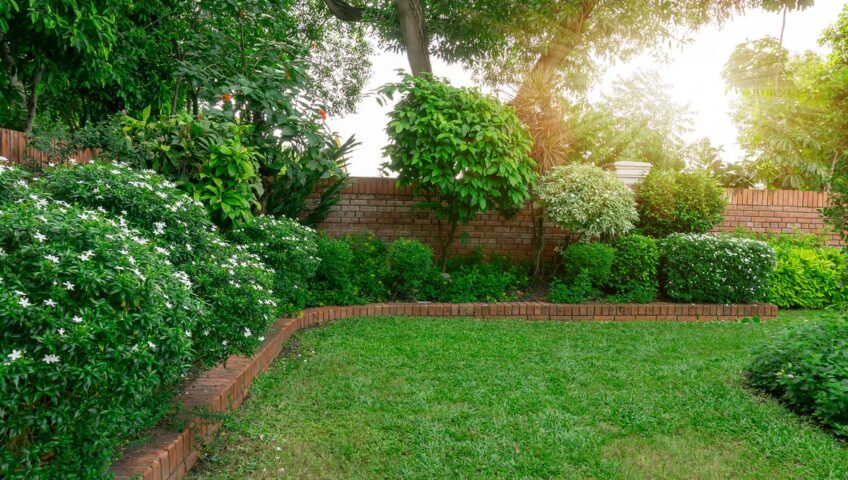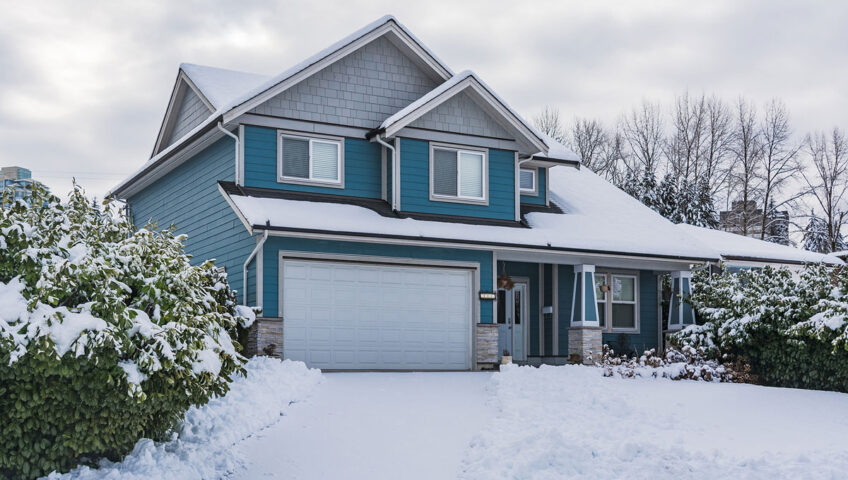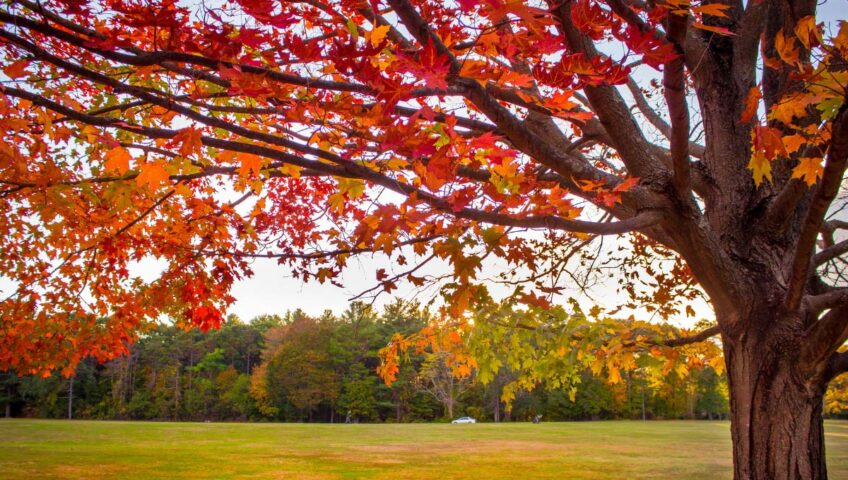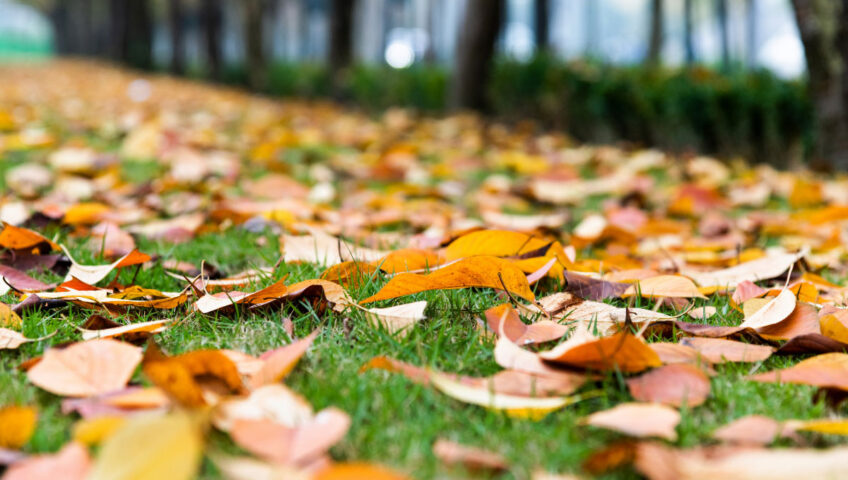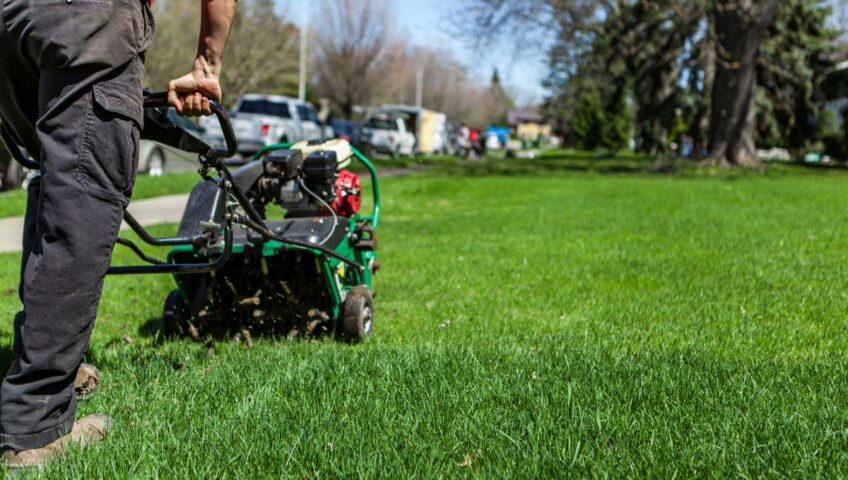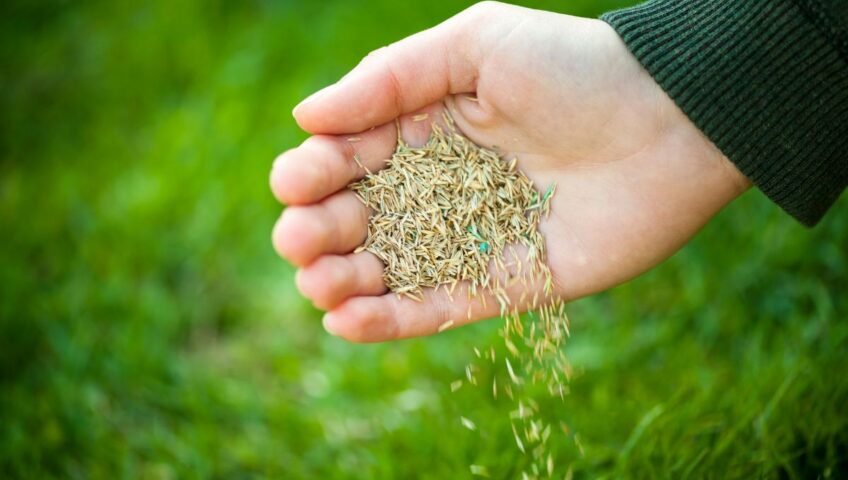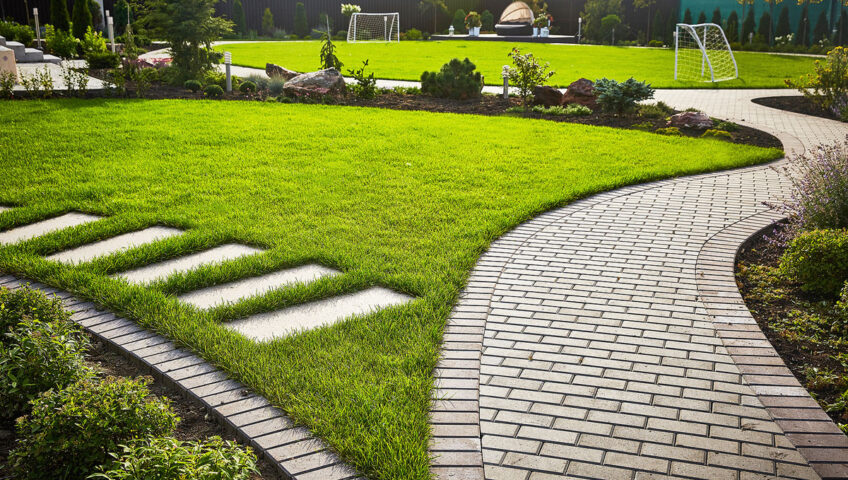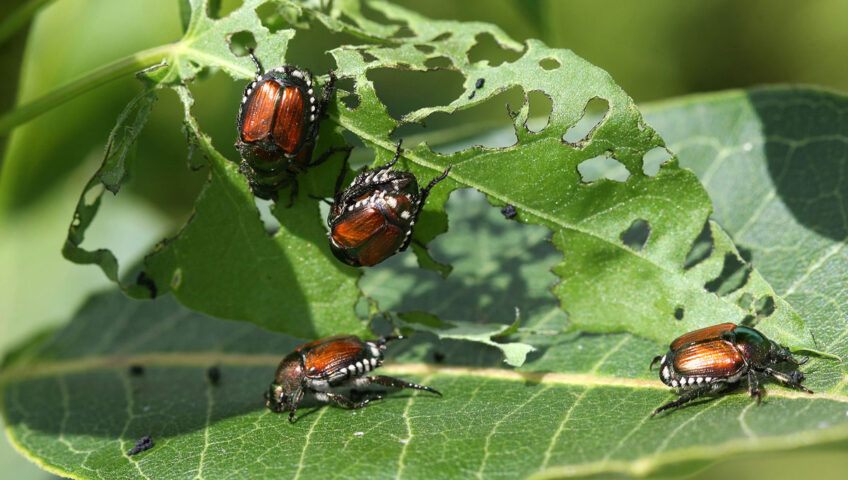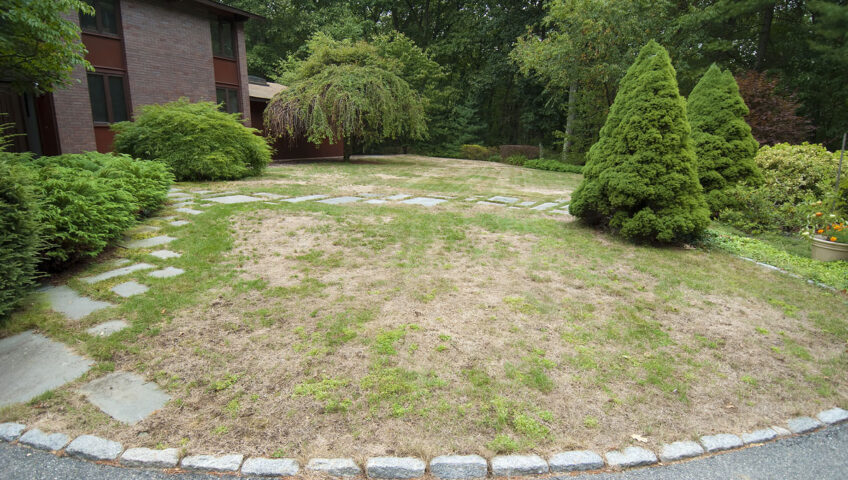Just as your lawn needs regular fertilization throughout the year to be healthy and strong, so do you trees and shrubs. Think of fertilizer like food for your plants, helping give them all of the nutrients they need to thrive. But the fertilizer you use on your lawn is not going to have the right nitrogen to phosphorus to potassium ratios. Instead, trees and shrubs need special fertilizers in order to get exactly the right nutrients. They also need to be fed in a different way.
Deep Root Feeding Trees and Shrubs
Feeding a lawn is an easy process; you simply apply fertilizers evenly across the lawn’s surface. The fertilizer only needs to reach the soil, where it is absorbed by the grass’ shallow root system. Unlike grass, trees and shrubs tend to have larger, deeper root systems. Fertilizer cannot always get through the soil to reach deeper roots. In addition, just applying shrub and tree fertilizer to the surface can affect surrounding grass by either damaging it or causing excessive growth. That is why deep root fertilizing is a better option for trees and shrubs.
Deep root feeding is a process best done by a certified arborist. We use specialized equipment to inject fertilizers into the root zone of your trees and shrubs. The most effective way to do this is to make a grid pattern starting at least a foot away from the base of the tree, ending at the drip line or canopy. Smaller trees and shrubs just need to be injected around their perimeter. By injecting the fertilizer evenly throughout the root system, nutrients are placed right where trees and shrubs can best absorb them.
Should all Trees and Shrubs Be Fertilized?
Deep root fertilization is most beneficial to either ornamental or young trees and shrubs. Mature shade trees that are large and well-established tend not to need additional nutrition. Your young and ornamental trees and shrubs will absorb the injected nutrients, allowing them to use it for enhanced growth as well as better root development. This helps them to become healthier overall, and more resistant to disease and insect infestation.
We recommend deep root feeding twice a year, once in spring and again in the fall. By following this feeding schedule, you can help ensure your trees and shrubs stay healthy, reducing the chances of having to remove one due to damage or disease. Schedule your appointment as soon as possible so that we can ensure your trees and shrubs are fertilized before the end of the year!

